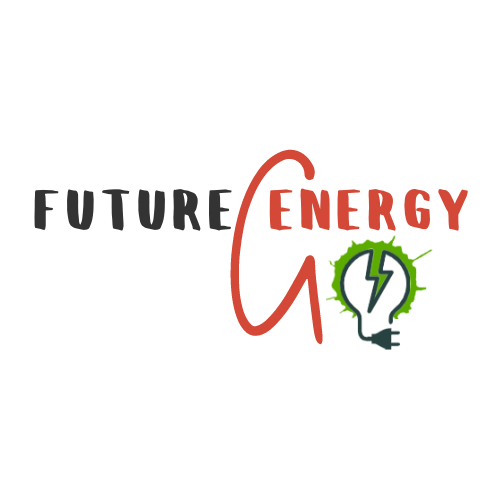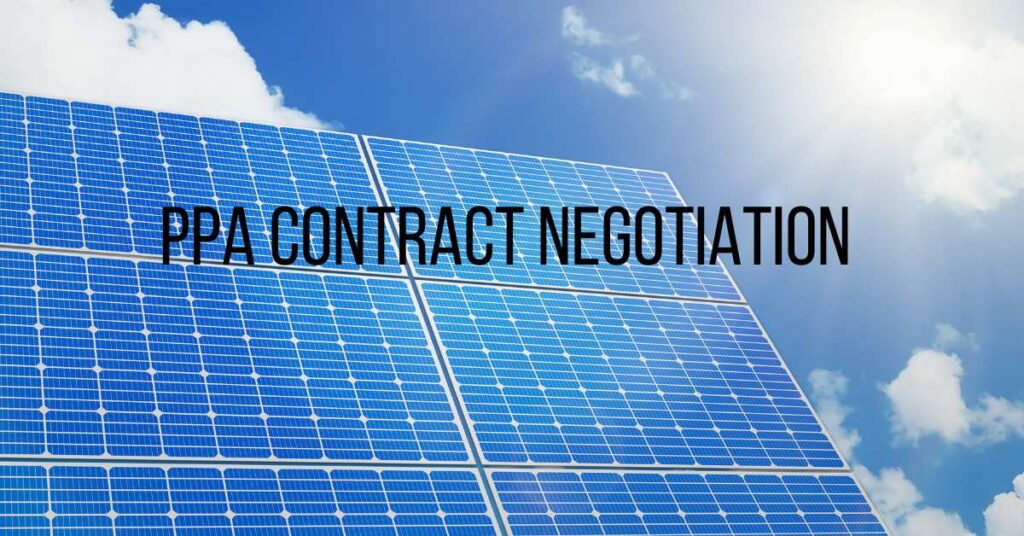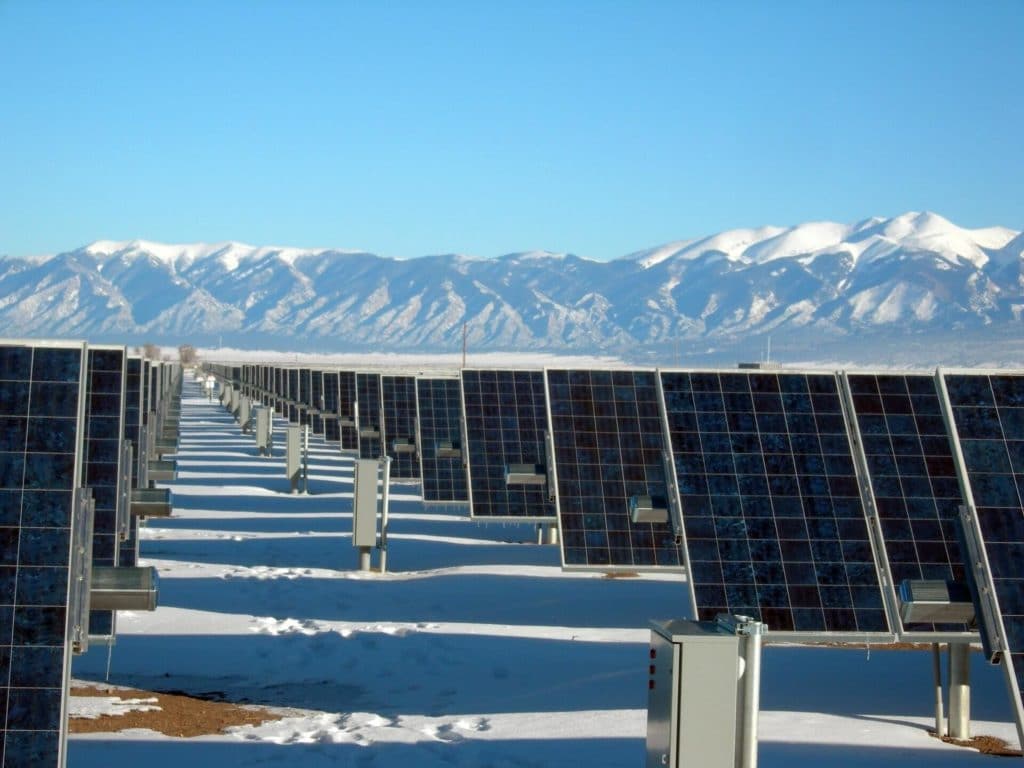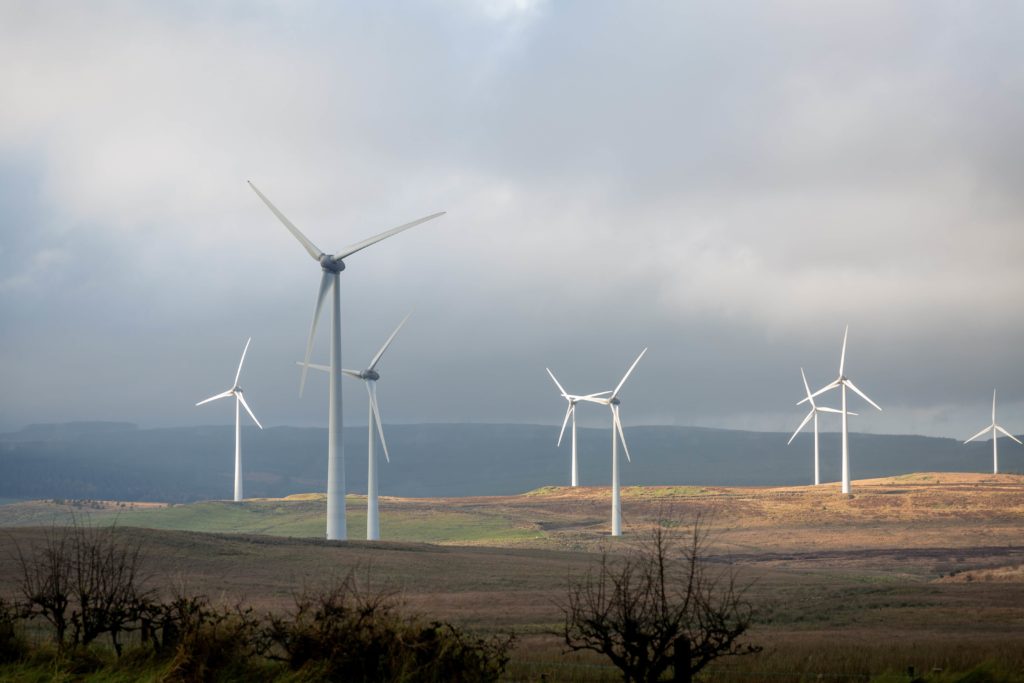Table of Contents
Corporate Power Purchase Agreements
Corporate Power Purchase Agreements (PPAs) are long-term contractual arrangements wherein businesses source their electricity needs from dedicated renewable energy assets. These agreements serve as a strategic commitment to sustainability, fostering a reliable, long-term partnership between corporations and green energy generators while simultaneously advancing environmental and economic objectives.
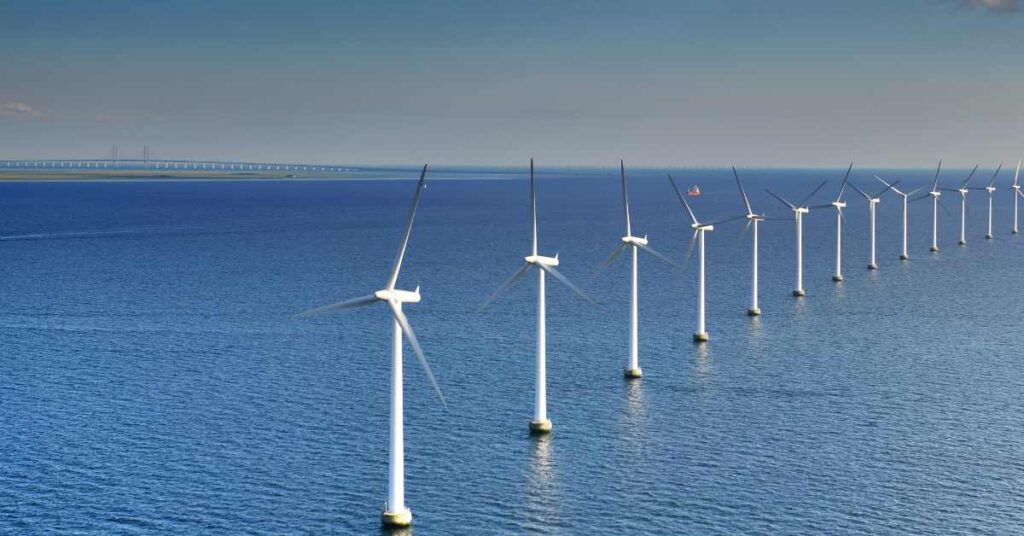
Pros and Cons PPA Contract
| PROs | CONs |
|---|---|
| Stable Energy Costs: Lock in competitive rates for clean energy, shielding your business from fluctuating market prices | Complexity: Negotiating PPAs can be intricate, requiring legal and financial expertise. |
| Environmental Responsibility: Demonstrate commitment to sustainability and reduce your carbon footprint. | Market Risk: Long-term commitments may become less favorable if energy prices drop significantly. |
| Predictable Budgeting: Accurate energy cost forecasting aids financial planning. | Credit Risk: Dependence on the financial stability of the renewable energy provider. |
| Long-Term Security: Secure a reliable energy supply for years, ensuring uninterrupted operations. | Administrative Burden: Monitoring and managing PPA agreements can be resource-intensive. |
| Regulatory Compliance: Comply with green energy mandates and corporate social responsibility goals. | Exit Costs: Early contract termination may incur penalties or additional expenses. |
How can one effectively master PPA contract negotiation?
In the dynamic landscape of renewable energy, Power Purchase Agreements (PPAs) have emerged as the leading solution for sustainable energy practices among large corporations. These contracts drive the transition towards a greener and more sustainable future as multiple corporates set to meet their ambitious 2030, 2040, or even 2050 sustainability goals.
As an example, the member list of RE100 organization that promotes sustainable energy practices increased from under 100 companies to more than 400 members today. Central to this mission is the establishment of a robust renewable energy procurement strategy that fosters a greener footprint and ensures economic viability and operational resilience. Physical and Financial Power Purchase Agreements (PPAs) emerge as indispensable cornerstones, offering a means to simultaneously reduce energy costs, achieve price certainty and ensure robust sustainability claims. You can learn more about different types of Power Purchase Agreements (PPAs) in this article.
Negotiating a PPA, however, is not a simple task. It’s like a strategic chess match, where every move can have significant implications for both parties involved. In this article, we will try to dive further into best market practices when it comes to mastering PPA contract negotiations.
Developing a successful PPA contract negotiation playbook is essential because PPA agreements are far from business as usual. These agreements are not standard industry contracts, and their complexities require careful navigation. Power Purchase Agreements (PPAs) are not one-size-fits-all approach; instead, they are meticulously tailored to align with an organisation’s unique needs and sustainability objectives.
As there is no uniform PPA contracting approach, it is essential for businesses to seek guidance from industry experts who can help craft a PPA setup that seamlessly aligns with their goals. To help companies save time and money on PPA contract negotiations, the PPA Head of Terms (HoT) negotiation playbook was developed. You can check it out here, as well as our services.
And while the PPA contract negotiation playbook serves as a valuable framework for navigating the complexities of Power Purchase Agreements (PPAs), it is essential to emphasise that it should be viewed as a guiding tool rather than an absolute determinant of financial commitments. The specific terms and conditions within a PPA can have a substantial impact on a company’s financial obligations, and as such, the playbook should be regarded as a foundational resource for informed decision-making.
Therefore, companies considering the adoption of PPAs are strongly encouraged to consult with qualified professionals, including legal counsel, financial advisors, and energy experts, to thoroughly assess the financial implications and legal obligations associated with any PPA arrangement.
PPA Negotiation Tips. How do you negotiate a PPA?
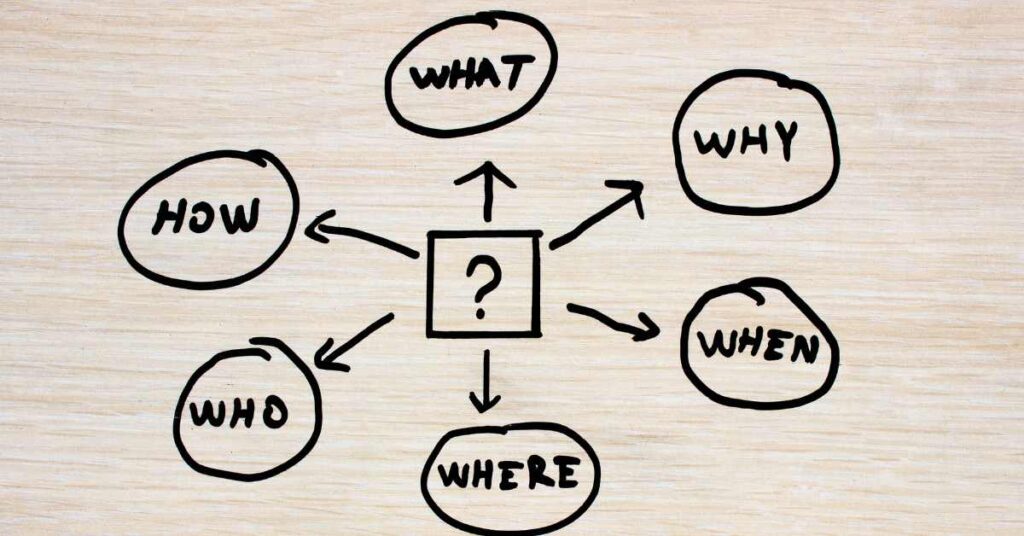
- PPA Counterparty. Understanding the PPA Counterparty, which includes their official company name, legal structure, registration details, and information about who owns the company is essential. It helps ensure clarity, verifies legitimacy, and assesses financial stability, all vital for a successful and secure PPA agreement.
- Project Details. After identifying the counterparty, it’s crucial to understand the Project Details. This includes the technology used, how much it’s expected to produce, where it’s situated, and the status of permits (received or pending). This information is vital for a comprehensive understanding of the project’s scope and progress.
- Government Subsidies. It’s essential to confirm if the project receives governmental support, such as Feed-in tariffs or CfD, as this can potentially restrict the PPA off-takers rights regarding external communication and claims related to renewable electricity supply.
- Renewable Technology. Gathering data on projected asset outputs (P10, P50, and P90), as well as volume availability, holds significant importance in shaping the economics and risk assessment of a PPA agreement. An ideal scenario involves a diverse technology mix, such as combining wind energy with solar, that mirrors your monthly consumption patterns.
- Guarantees. Frequently, PPA developers and financiers seek a bank guarantee, typically in the form of a parent company guarantee or a letter of credit, from corporate PPA off-takers. It’s important to note that they often request the buyer to provide this guarantee at the contract’s signing, rather than waiting until the PPA Commercial Operations Date (COD) start date. A bank guarantee at PPA COD date would be a more fair resolution.
- Min Performance / Volume Availability Guarantee. Negotiating a minimum volume availability guarantee in advance carries significant importance, as it serves as the cornerstone for assessing volume generation risks and market exposure in your PPA contract.
- Future Technological Innovations. Incorporating a forward-thinking perspective into your PPA negotiations may involve a forward-compatible clause. As renewable energy landscapes evolve, being adaptable to these developments ensures that your PPA not only aligns with current industry trends but also remains poised to capture newfound advantages that may arise from innovative technologies. As an example, it could be that in the future governments favour Wind and Solar projects integrated with energy storage solutions, such as batteries. The benefits may include extra discounts to the grid energy tariff or other advantages.
- PPA Volume Target. Setting a cap on the generation volume, aligning it below your organization’s hourly consumption patterns could be a good idea. This approach helps to mitigate the risks associated with potential over-production scenarios, which, if left unchecked, could amplify your market price exposure and subsequently trigger additional complexities in accounting procedures, specifically in the realm of energy trading and derivative accounting.
- Volume Flexibility / Deviation Clauses. It is important to define a procedure for managing the intermittent volume within your PPA agreement to ensure a seamless alignment with your company’s load demand. This is particularly pertinent when dealing with Pay-as-produced (PaP) PPA profiles, where intermittent energy generation may occasionally fall short, resulting in under-generation periods. Conversely, there could be instances of over-production, leading to an excess of Guarantee of Origins (GOs) relative to your actual requirements.
- PPA Price Types & Contract Architectures. The world of PPA contract pricing is a dynamic landscape marked by a multitude of variations in structure and architecture. What’s important to note is that not only do best market practices differ from one market to another, but they constantly evolving. What works exceptionally well in one geographical region might not necessarily be the optimal approach in another. This regional diversity reflects the adaptability of the renewable energy sector to the specific needs and conditions of local markets. In our previous work here, we discussed different PPA price types available in the market.
If you want to learn more about PPA contract risks & How to address them, please check our next article here.
Final Words
I hope that this article has shed some light on PPA contract negotiation and equipped you with valuable insights to navigate the renewable energy landscape. If you would like to explore more on this topic or have any questions, please leave a comment below.
Don’t forget to share this knowledge with your friends and colleagues who might also benefit from it. Your engagement helps tailor our content to your needs. Thank you for being part of the Future Energy Go Community, and we wish you a fantastic day ahead!
For those interested in delving deeper into the procurement of renewable electricity through Power Purchase Agreements, there’s a comprehensive book available for further exploration of the topic.

